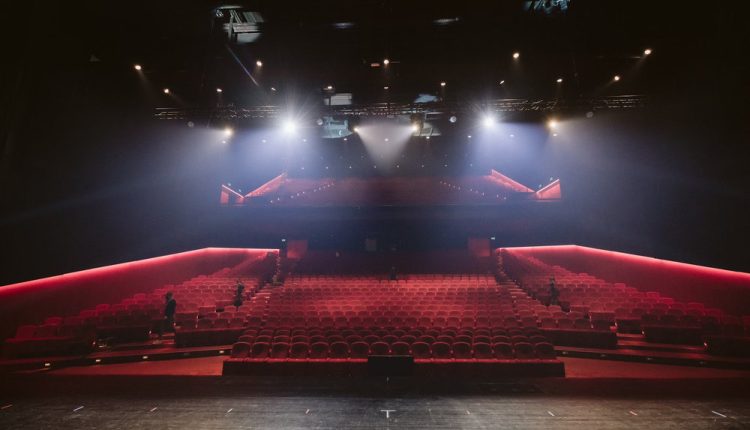The Stage of Your Employer Brand
In a scenario of companies competing for talent with the same intensity they compete for customers, the way they present themselves to the world has become a strategic asset.
Go further a perfectly crafted job postings and generic, feel-good messaging. An employer brand needs specific experiences capable of creating genuine identification with the company and with the truth of what it offers. This is where visual design, video, and storytelling stop being just tools and become the very pillars of connection.
A talent’s first contact with your company almost always happens through the eyes. A well-designed layout, intentional color choices, the style of photography, and even typography convey the essence of your culture. Visual design is both a business card and a promise, and when applied consistently, it builds recognition and trust. There’s an element that makes this connection even stronger: featuring your own employees as the protagonists in photos and visual materials. When potential candidates see real faces and true stories, the narrative comes to life, gaining authenticity and relatability, making it clear that the culture portrayed is lived every day, not only by customers, but by the very people who work there.
But seeing is not enough, you need to feel. That’s where the audiovisual takes center stage. By combining image, sound, and motion, it immerses the viewer in the company’s atmosphere. A great example can be found on Lego’s career page, where content showcases employees’ daily routines, workspaces, and personal testimonials, conveying the organization’s energy and culture in an engaging, lighthearted way. And when these productions feature actual employees as the main characters, the impact is even greater: candidates can imagine themselves as part of that team, walking the same path. And perhaps, one day, they’ll meet those very people, completing the communication cycle.
Which brings us to what I call the main pillar of employer brand strength: storytelling. Communicating a company’s message means telling the real stories that happen within it. A well-crafted narrative transforms corporate values into tangible experiences, turns numbers into human impact, and invites candidates to envision their own place in that story. That’s why it’s powerful to reinforce storytelling with employees’ own posts on their personal social media, carrying all the authenticity this movement requires.
The most powerful results happen when these three elements converge. Imagine an employer branding campaign that maintains a consistent visual identity, delivers engaging videos, and ties it all together with a narrative that places talent at the center, always with real people as the protagonists. This is not just communication, it’s real experience. It’s about creating, at every touchpoint, the feeling of “I want to be part of this.”
And the effect doesn’t stop at attraction. When employees recognize themselves in the way the company presents itself internally, they naturally become brand ambassadors. They share content, defend the culture, and reinforce the credibility of what’s said externally, boosting retention. At TIM Brasil, you could see a conscious effort to ensure this is a lived truth, and the employees are frequently featured in internal communication campaigns.
In a world where professionals seek more than just a job, where they look for purpose, connection, and authenticity, combining visual design, video, and storytelling is not a creative luxury but a strategic necessity. It’s about turning your employer brand into something alive, something that can be seen, heard, and, most importantly, felt.
And every stage, when well lit, places the audience at the center of the story.


